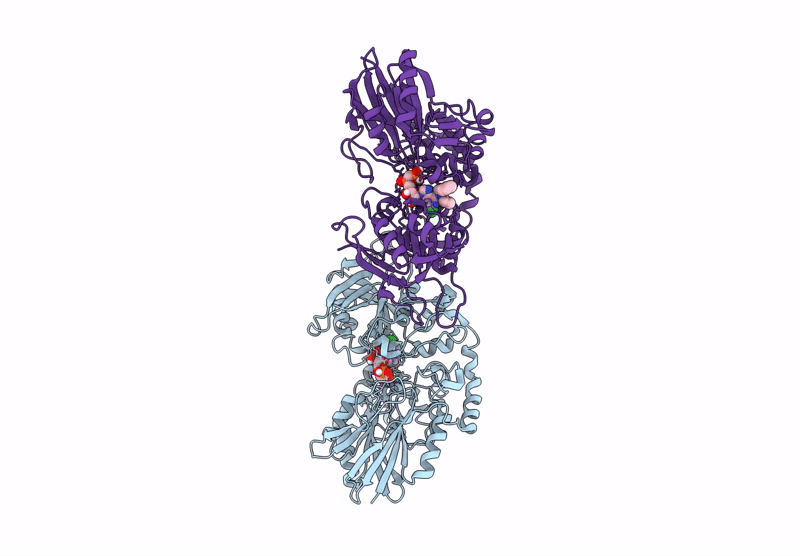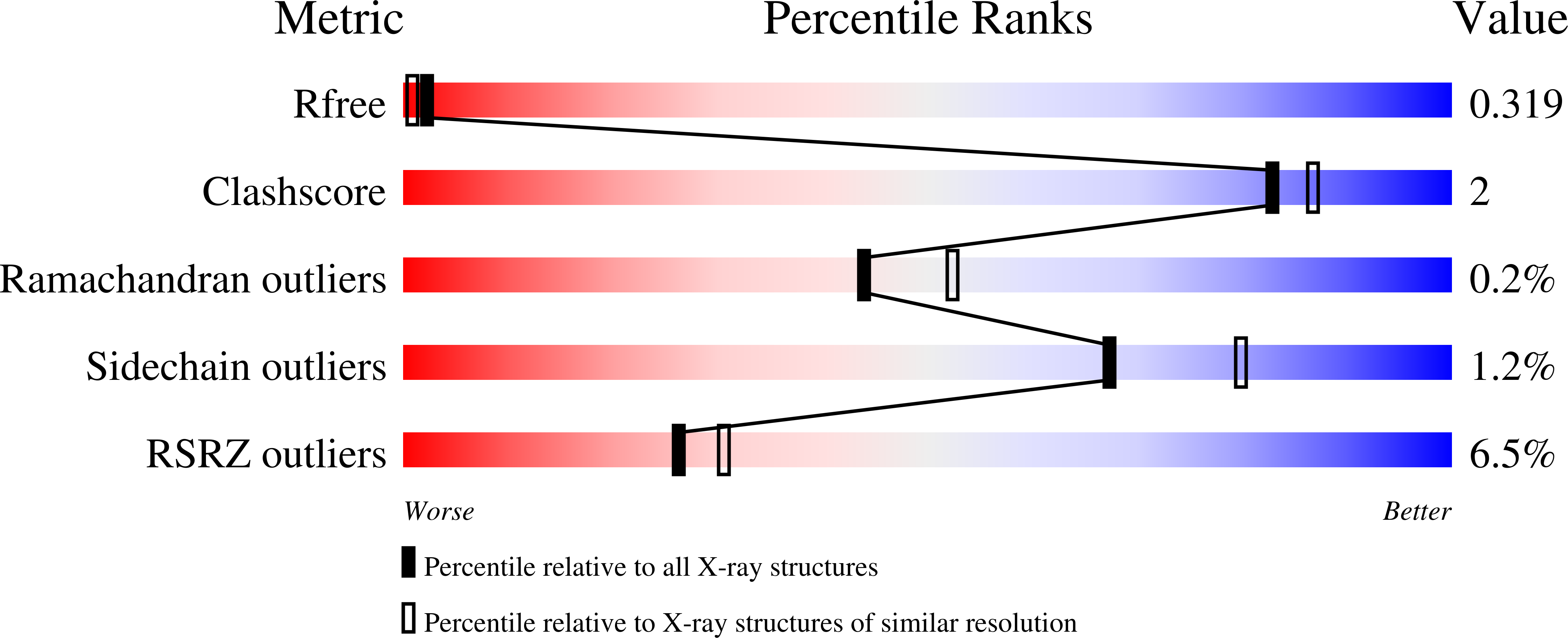
Deposition Date
2025-01-16
Release Date
2025-06-11
Last Version Date
2025-06-11
Entry Detail
PDB ID:
9I1H
Keywords:
Title:
Crystal structure of human CD73 (ecto-5'-nucleotidase) in complex with the AMPCP analog PSB-12730 in the closed state (crystal form IV)
Biological Source:
Source Organism:
Homo sapiens (Taxon ID: 9606)
Host Organism:
Method Details:
Experimental Method:
Resolution:
2.35 Å
R-Value Free:
0.31
R-Value Work:
0.26
R-Value Observed:
0.26
Space Group:
P 21 21 2


